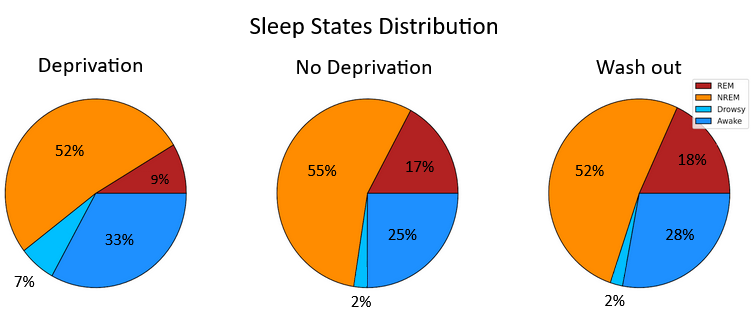REM Sleep
Leveraging machine learning and neural field modeling to understand the role of REM sleep in emptional memory consolidation and homeostasis

The importance of sleep for emotional memory consolidation is already widely known in the literature. Despite this, little is known about the role of Rapid-eye movement (REM) sleep in this process. REM sleep is one of the main states during sleep, but less studied due to the difficulty of interpretation based on classical analysis techniques. Characterized by low delta (1-4 Hz) and high theta (6-10 Hz) oscillations, muscle atonia and is associated with increased brain activity which made the interpretation of the effect challenging. As the baso-lateral amygdala (BLA) is the main brain structure for emotional process, and based on preliminary results found in the lab, the firing rate of both excitatory and inhibitory cells in the amygdala drastically increase during REM sleep. This suggests that REM sleep can be involved in homeostasis and/or emotional memory consolidation. Thus, the main goal of the project is to understand how the physiology of the amygdala during REM sleep is involved in emotional memory consolidation or homeostasis. During the rotation I worked with in vivo electrophysiology and sleep disruption in rats. It was necessary to set up electrophysiology to work together with a real-time REM sleep detector and it was possible to develop a protocol for REM sleep disruption.

